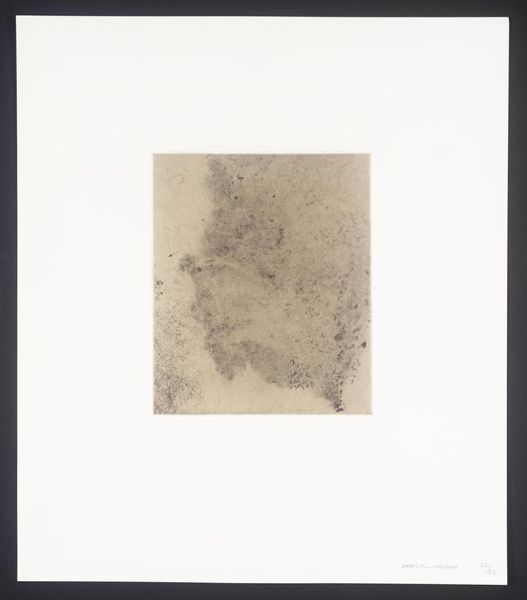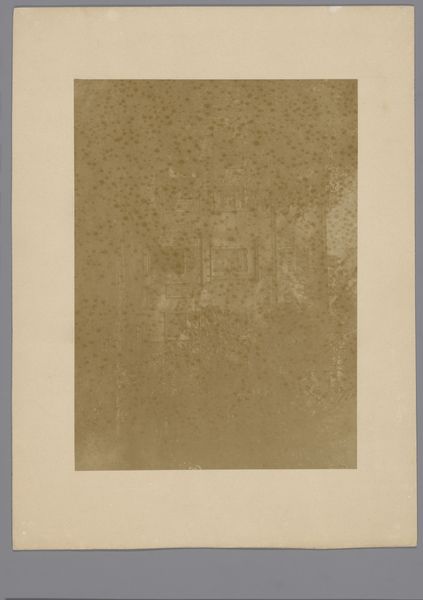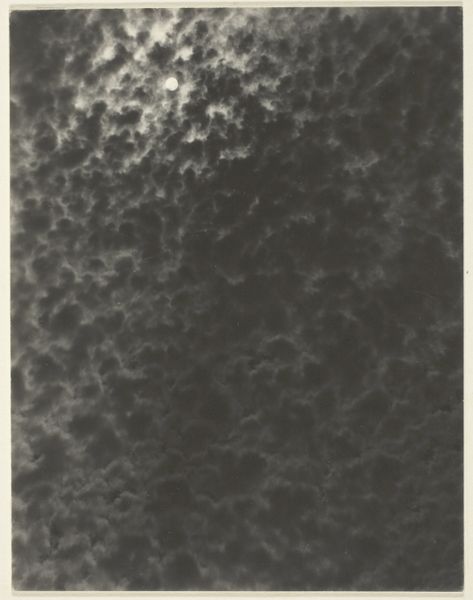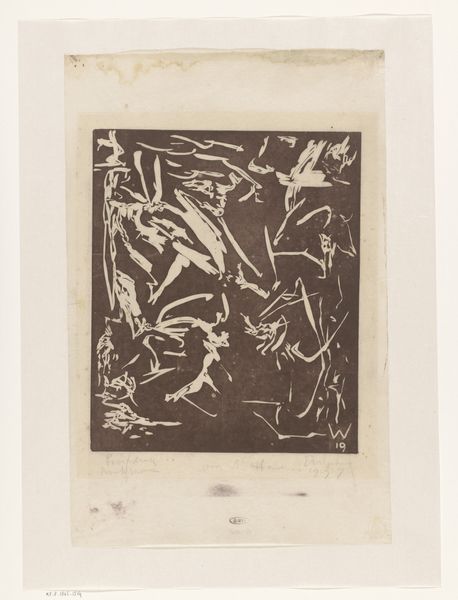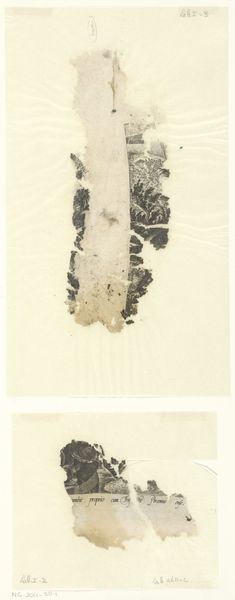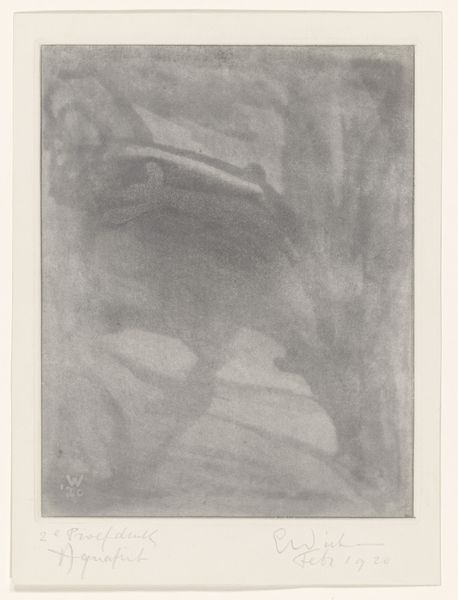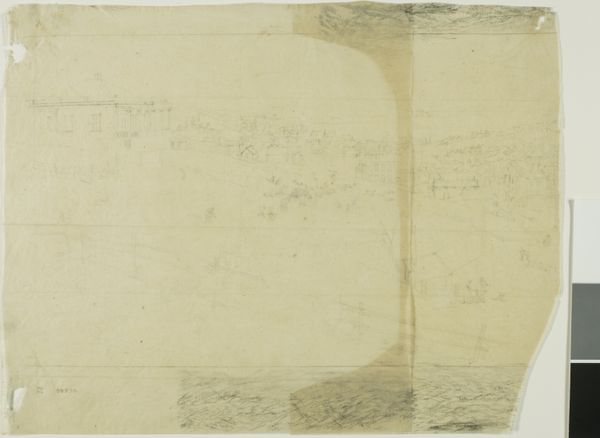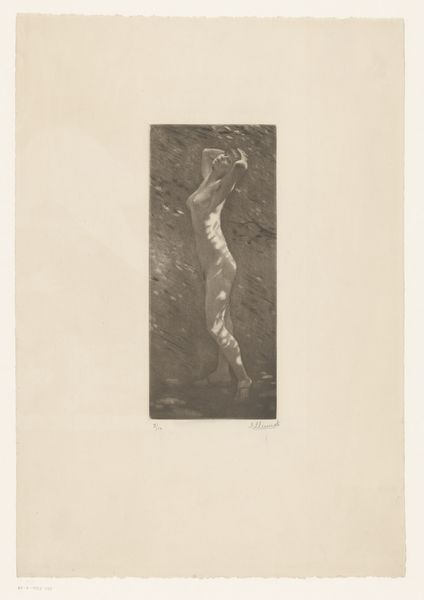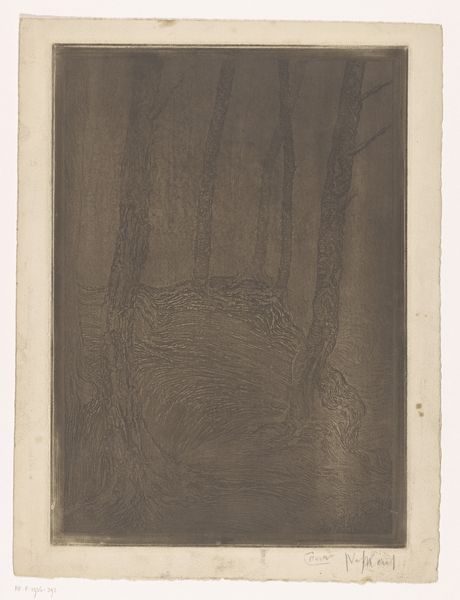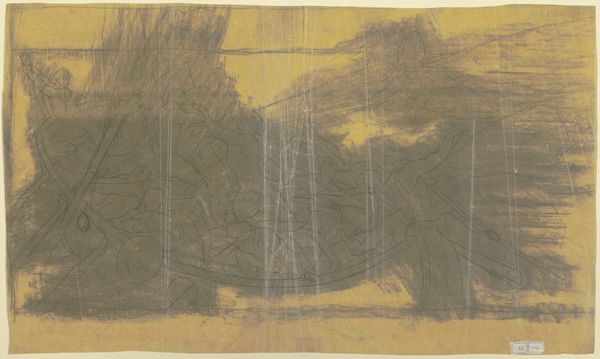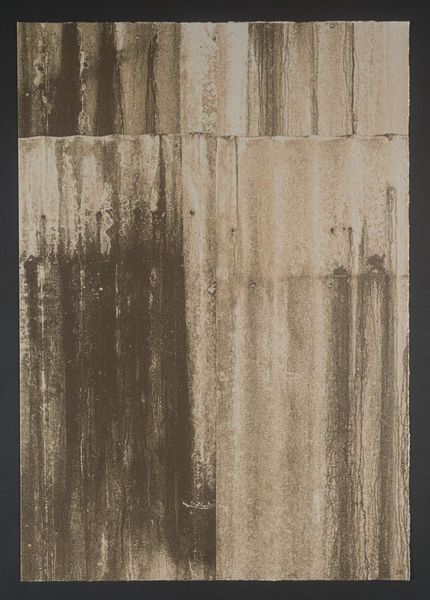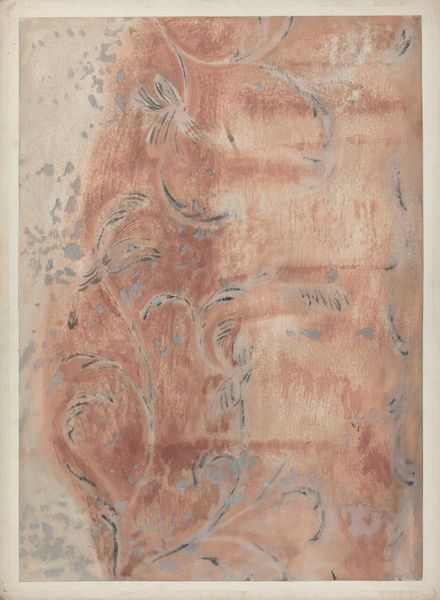
#
toned paper
# print
#
landscape
#
figuration
#
monochrome
Dimensions: height 437 mm, width 563 mm
Copyright: Rijks Museum: Open Domain
Editor: So this print, "Women in a Park Preparing to Bathe," attributed to Adolphe Monticelli, likely created between 1834 and 1886, is a bit difficult to decipher, isn’t it? It’s on toned paper in monochrome, creating a dreamlike feel. What's your take on how this print engages with its contemporary audience? Curator: I see here the confluence of several interesting trends. This era witnessed the rise of public parks and the idealization of leisure. How might this image both reflect and potentially critique the accessibility and the social performance involved in these spaces? Think about the artistic conventions of the time as well. Editor: That's a really insightful point! Were public spaces like this truly public, or did class and gender affect who had access and how they behaved? Is the artist suggesting a critical distance from that leisured world? Curator: Exactly! Monticelli likely lived during this time, making this image particularly thought-provoking. What artistic license does the artist take? The ambiguity almost resists a clear narrative, doesn't it? This could be a deliberate choice to question the very notion of representation, its ability to faithfully capture social reality, or perhaps the politics inherent in creating such a narrative. Editor: So, it’s not just a scene, but a comment on the act of observing and depicting society itself! By making it indistinct, is Monticelli pushing back against straightforward readings of leisure and social interaction? Curator: Precisely. We can consider how Monticelli's artistic choices – his visible brushstrokes, the subdued palette – relate to the broader artistic movements of the time and their engagement with social issues. Editor: It’s fascinating how a seemingly simple image can reflect complex societal dynamics. It makes me realize the crucial role art plays in shaping public perception. Curator: Indeed. Considering the sociopolitical forces helps to see art's potential beyond aesthetics. This definitely opens avenues for future investigations.
Comments
No comments
Be the first to comment and join the conversation on the ultimate creative platform.
